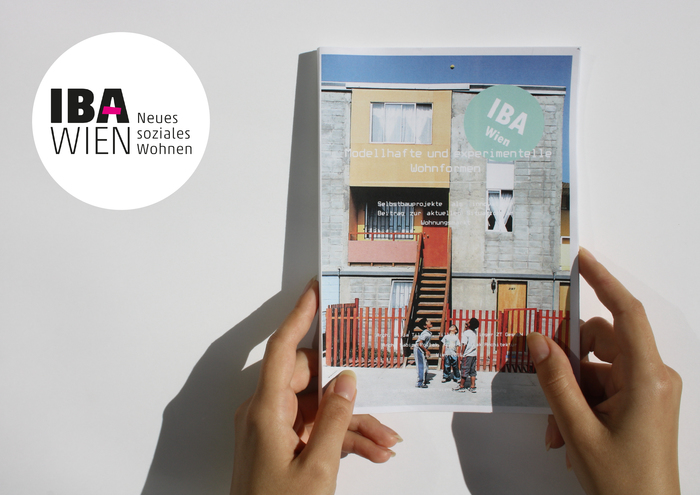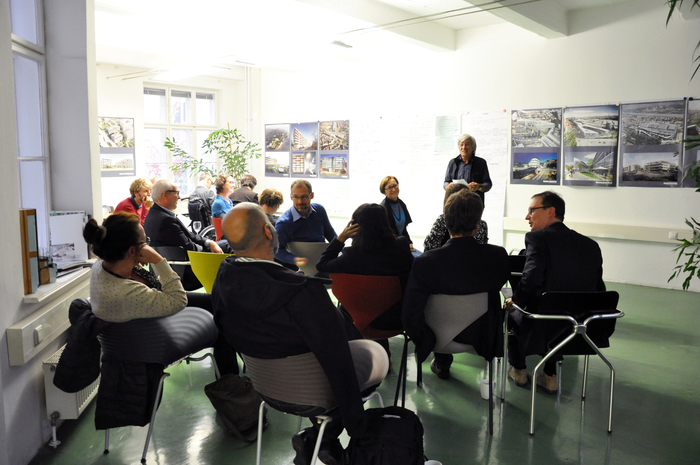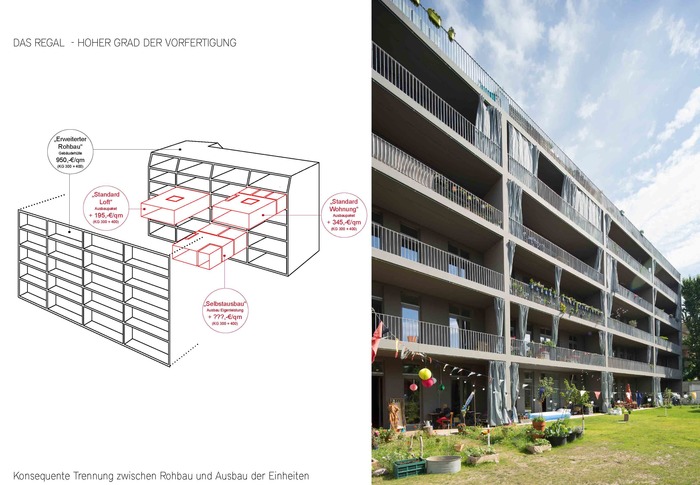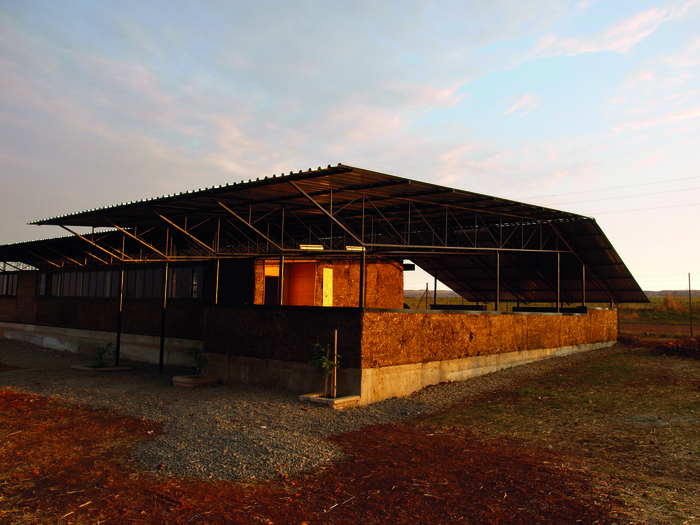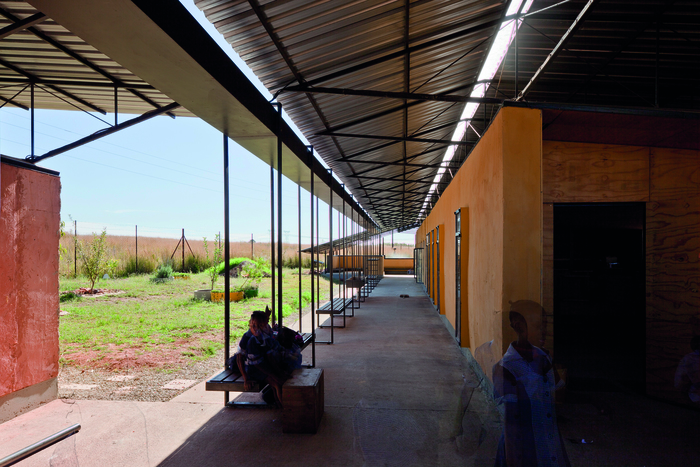Exemplary and Experimental Forms of Housing
Self-build Projects as an Innovative Contribution to the Current Situation on the Housing Market
The research project, Exemplary and Experimental Forms of Housing. Self-build Projects as an Innovative Contribution to the Current Situation on the Housing Market, examines the possibilities of self-build in the form of an organized measure for self-help groups in the field of subsidized housing in Vienna. The focus is on involving people with an entitlement to asylum in the self-build project and integrating them.
Objective
Within the general framework of subsidized housing in Vienna, the goal of the project is to establish a basis for self-build housing projects in which people who are entitled to asylum are integrated, take part in the construction work, and form the future residents. The project responds to the need to rapidly construct very economical housing and links this need to the question of how best to integrate those who are entitled to asylum. How can this kind of integration, mutual exchange and understanding be achieved? How can identification with the building and the district be established at a very early stage? How, through working together on the construction of the housing, can a joint language be found and a neighborhood developed? What are the possible forms of communication that can continue after completion of the construction work?
The goal of this research project therefore involves far more than “just” providing affordable housing. The hypothesis is that, as well as being affordable, housing can also fulfill functions in the areas of communication and integration, if the concept and the production are conceived from the start as an integrative process. A starting point for the project is also the general interest in hands-on projects and bottom-up projects and the major interest in DIY movements and sharing economies. The first Viennese Settler Movement at the beginning of the 20th century serves as reference point for the research project. Possible connections are identified and their present-day interpretation is formulated. Aspects such as the ways in which building together was organized, the fact that an ecological approach was taken at such an early stage, and the intense sense of community among those who lived in such settlements are here of particular interest.
This project also pursues the goal of offering training in a self-build project in Vienna, above all to younger people. Self-build projects should be linked to the possibility of completing training courses. In addition women should be involved to a greater extent in the planning, decision-making and construction processes (planning team, management team, and construction team). Integration should be achieved through well-organized, group-based self-build while at the same time traditional gender roles should be dismantled.
- Address:
- Wien, Austria
- Architecture:
- Architekten Tillner & Willinger, Wien
- Cooperation Architecture:
- Anna Kopacsi DI Sophie Stockhammer
- Start of construction:
- 2015
- Symposium Architekturzentrum Wien Selbstbau meets Wiener Wohnbau
- „Beiträge zur IBA_Wien“ als Download
